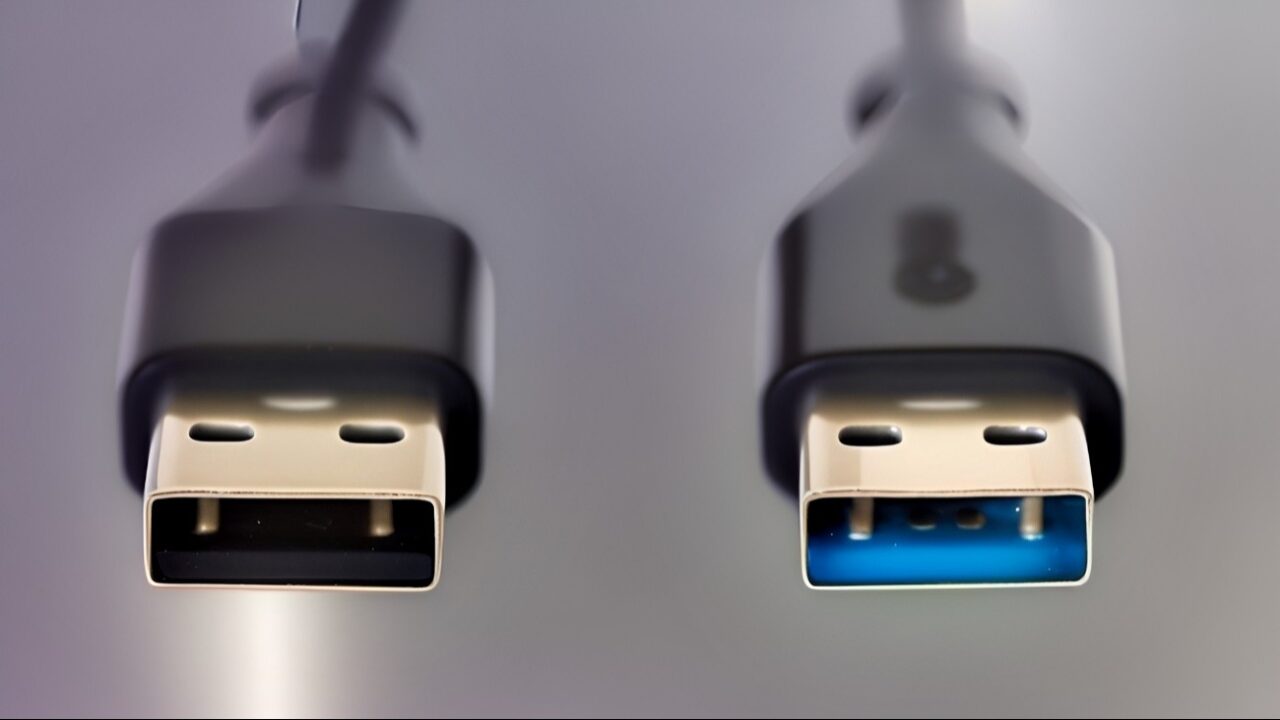The different colors of the USB ports on your computer are not only an aesthetic choice, but also important clues about the features these ports offer. Blue USB ports are much different from others in terms of speed and performance. So, what are the differences between blue USB ports and others? Details are in our news…
Blue USB ports have different standards: Here are the differences
First of all, let us point out that these ports generally represent USB 3.0 or USB 3.1 Gen 1 standards and offer much faster data transfer compared to the old USB 2.0 ports. Here are the features that distinguish blue USB ports from others:
- high speed: Blue USB 3.0 ports were introduced in 2008 and offer a maximum speed of 5 Gbps. In other words, data transfer is approximately 10 times faster than the 480 Mbps speed offered by old USB 2.0 ports.
- Full duplex communication: These ports can send and receive data at the same time. For example, while transferring files from an external disk, you can send other commands at the same time.
- Backwards compatibility: USB 3.0 and 3.1 ports also work compatible with old USB 2.0 devices.
Teal (Light Blue) USB Ports
You may encounter light blue or teal colored USB ports on some devices. These ports represent the USB 3.1 Gen 1 (SuperSpeed+) standard and can reach incredible speeds of 10 Gbps. This speed is ideal especially when large files need to be transferred or when using a USB dock.
In short, the colors of USB ports are a useful guide to understand the performance offered by the devices. Blue and light blue ports offer significant advantages in terms of high speed and performance. Knowing these ports on your devices may one day enable you to do your work faster.
Which USB port do you use most often? You can write your opinions in the comments section below.
Source link: https://shiftdelete.net/bazi-usb-portlari-neden-mavi-ozel-bir-sebebi-var-hiz


